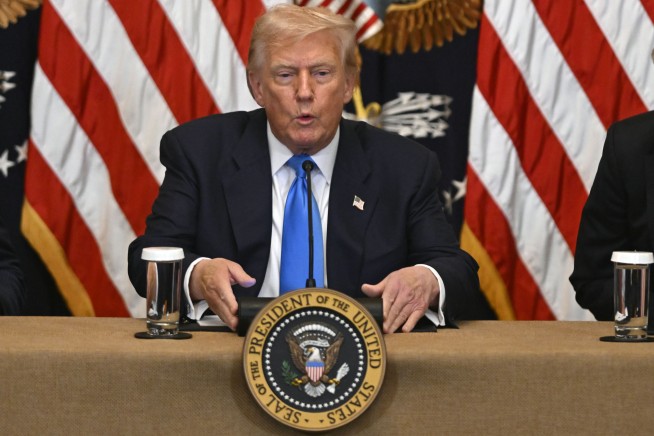The intricate dance of international diplomacy sees a new turn as President Donald Trump announced an extension to the crucial US-Mexico Trade negotiations. This development comes with the significant caveat that the existing 25% Trade Tariffs on Mexican goods will remain in effect, setting the stage for a prolonged period of discussions aimed at resolving complex trade disputes between the two North American Economy powers.
The ninety-day negotiating window, confirmed by the Trump administration, underscores the intricate challenges in forging a mutually beneficial trade agreement. These tariffs, initially imposed to exert pressure on Mexico regarding various issues, including immigration, have had tangible impacts on industries and consumers in both countries, creating a tense backdrop for the ongoing dialogue surrounding US-Mexico trade relations.
Historically, trade relations between the United States and Mexico have been robust, underpinned by agreements like NAFTA, which was later renegotiated into the USMCA. The current tariffs represent a significant deviation from traditional free-trade principles, introducing an element of uncertainty into the economic landscape and prompting businesses on both sides of the border to recalibrate their strategies amidst the evolving trade tariffs.
President Trump’s announcement followed a reportedly “very successful” phone conversation with Mexican leader Claudia Sheinbaum. This direct high-level engagement highlights the diplomatic channels being utilized to navigate the sensitive economic negotiations. Such direct communication is often pivotal in de-escalating tensions and fostering an environment conducive to progress in international relations.
The extension of the deadline signals a recognition of the complexities involved in reaching a comprehensive accord that addresses the concerns of both nations. For Mexico, the continued tariffs pose a challenge to its export-oriented economy, particularly in sectors heavily reliant on access to the lucrative U.S. market. Meanwhile, American consumers and businesses also feel the ripple effects through increased import costs and supply chain adjustments, emphasizing the interconnectedness of the North American economy.
Experts suggest that the upcoming negotiations will delve into a range of issues beyond just tariffs, potentially encompassing aspects like supply chain resilience, labor standards, and digital trade. The outcome could set a precedent for future bilateral trade agreements and reshape the economic dynamics within the region, making these economic negotiations critical for future prosperity.
As the ninety-day period unfolds, the world will be watching closely to see how these pivotal discussions progress. The stakes are high for both the United States and Mexico, as the resolution of these trade issues will significantly influence their respective economic trajectories and the broader framework of international relations policy. The path forward demands careful diplomacy and a willingness to compromise to achieve a sustainable and equitable resolution for Donald Trump and the Mexican leadership.






Leave a Reply